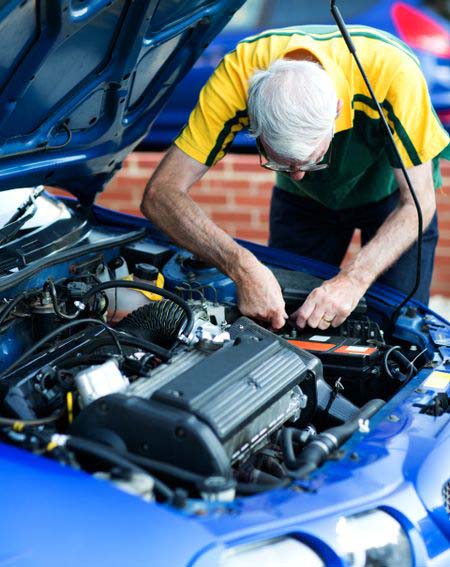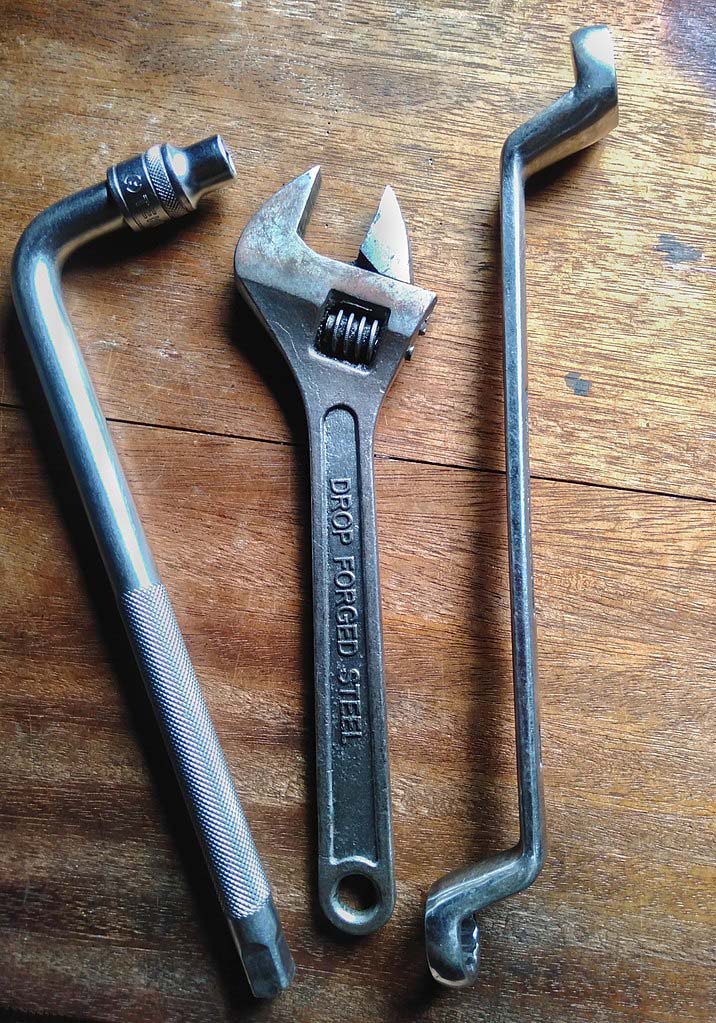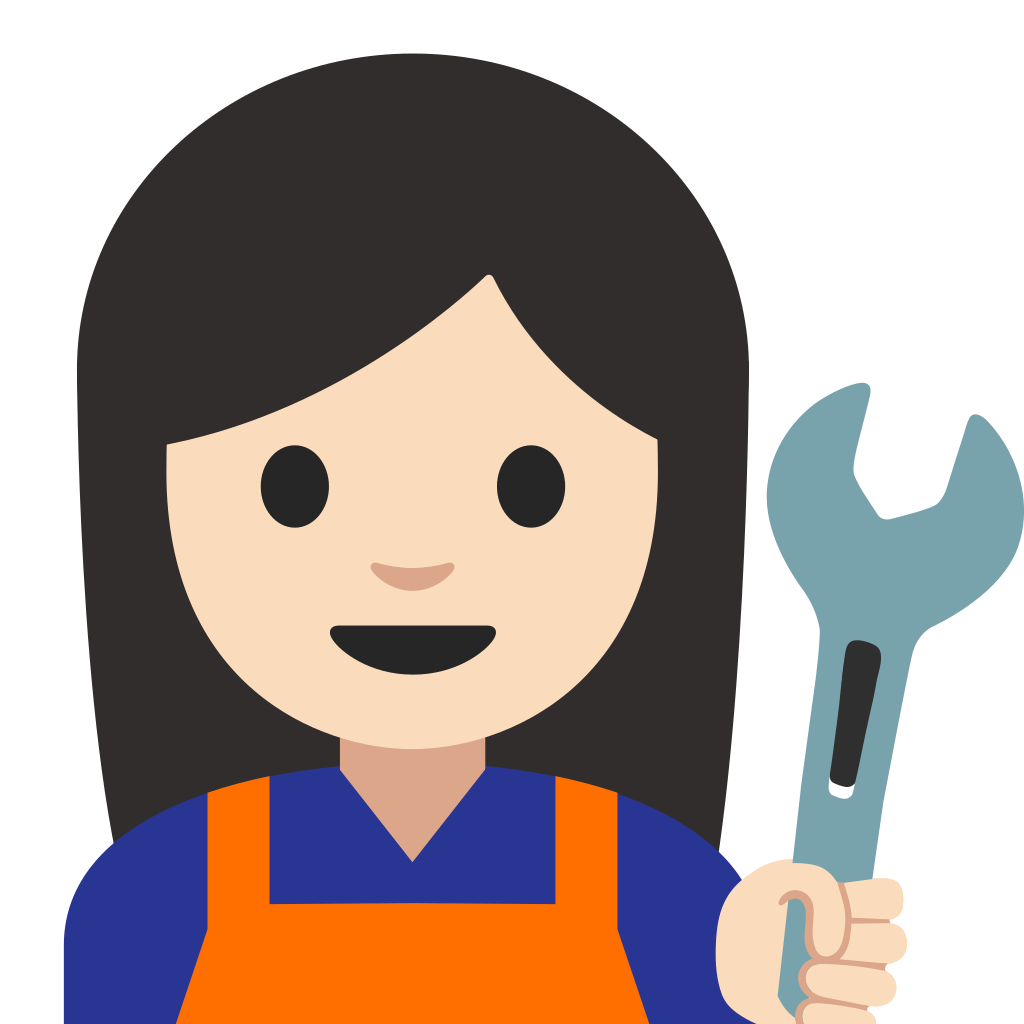Mechanic booked? Fix Your Own Car, you can do it with a few tools, YouTube videos.
March 6-12, 2023
By Tom Wood
Have you experienced car trouble lately? If the answer is “yes” – from a simple oil change to getting new brakes and tire rotation, from a highway breakdown to needing major repairs after an accident – then you’ve felt the brunt of the auto repair industry’s labor shortage.
Many of the factors that played into the decadelong car repair crisis have been compounded the last few years by the COVID-19 pandemic, supply chain issues and the Great Resignation.
“CCC Crash Course 22,” a mid-March study from CCC Intelligent Solutions Inc., reported among its many findings that not only can it take consumers up to two weeks just to schedule a service appointment at a dealership or independent service center, but that the average start-to-completion time for said repair job increased 2.1 days between 2019-21.
Collision repairs can run into months, creating additional problems and stress, including car rentals. Frustration is mounting inside and outside, with many consumers taking to social media to air complaints, which accomplishes little.
So what can you do to avoid long lines and stress?
Well, if you are mechanically inclined and the job isn’t too big, do it yourself.
DIY, a term usually associated with home remodeling jobs, is gaining in popularity with a segment of frustrated car owners.
“Depending on a person’s mechanical ability, do what you feel comfortable with. Obviously, safety is always a big priority,” advises Cody Gautsche, co-owner of Cody’s Automotive Repair in Franklin.
DIY car repair can be as easy as 1-2-3.
• Step one: Open YouTube. There are plenty of videos with step-by-step instructions on how to change the oil, replace an alternator or swap out brake rotors and pads, how to properly maintain your car’s performance by changing fluids, the windshield wipers or even replace the battery.
• Step two: After you’ve watched the video as many times as necessary, grab a wrench and a screwdriver, buy some inexpensive diagnostic tools and the proper parts for your make and model.
• Step three: Roll up your sleeves and get to work.
“There are so many YouTube videos now online that you can figure out how to do just about anything,” Gautsche adds. “I do it all the time at home to figure out how to fix my furnace or whatever it may be. I definitely appreciate people that can do that kind of stuff.”
RESTORATION A PASSION PROJECT
Donelson resident Blake Mohler, 31, learned how to fix cars the old-fashioned way but has adapted to the online method to restore a 1993 Toyota 4Runner.
“I grew up on a farm in Indiana, and we just kind of fixed everything ourselves – or tried to teach ourselves how to do it,” Mohler says. “And now I call it the College of YouTube. You can get on there, you look up your car model number, what’s wrong with it and usually somebody’s on there who’s figured out how to fix it.
“There’s a lot of information on the internet you can get on the forums to look it up. They tell you the part number and, if you don’t mind getting your hands a little dirty and taking an hour or two for the simple stuff, you get in there and do it yourself.”
Mohler and others say older cars are easier DIY projects than current models because of the electronics and computerization.
“It kind of depends on what era of car you’re working on. The older cars are easier to work on sometimes,” Mohler says. “(The 4Runner is) 30 years old now, so it’s a very old car but it’s very fixable.”
Dave Whiteford, president of the Nashville campus of Lincoln Tech (formerly known as Nashville Auto-Diesel College), applauds those who want to do their own light car maintenance while adding a cautionary note.
“People need to really acknowledge reality and be honest with themselves,” Whiteford says. “Are they mechanically inclined or not? It can’t be motivated by, ‘Boy, I wanna do this because it’s quicker possibly,’ or that money might be a concern.
“They need to be honest with themselves if they truly do believe that they’re up to some of these minor tasks. Now in saying that, quite frankly, I have changed the brake pads on my own car before and I read the manual and get it and YouTube could do that.
“But the new cars out there do have a lot of computerized technology, and so they need to be honest themselves. For those people that truly are mechanical, there are probably some minor things they can do on the car.”
Mohler says the most difficult task on the 4Runner restoration may require taking it to a professional because of the time and effort involved.
“The charcoal canister attaches to the manifold to vent some of the fumes from the gas tank in this particular model of truck, and somewhere along the way the vacuum line from the canister burned up,” he says. “I mean, it’s 30-years-old so who knows what happened. And where the vacuum line connects is way back in there behind the engine.
“I’m just really hoping I don’t have to take the manifold off the top. Then I’ll probably have to take it to the shop because that’s, like, a four-hour job that you can screw up.
“So there’s yet to figure out that risk versus reward. Like, is this easy enough that I can do it myself? If anything is going to take you longer than a couple hours, maybe it’s worth it to let an experienced person at the shop do it.”
LET THE PROS HANDLE IT
That’s what Gautsche recommends, especially for a car made this century.
“Back in the 1950s and ’60s, cars were designed where pretty much anybody who had a little bit of mechanical knowledge could fix a car and make a career out of it if they wanted to,” Gautsche says. “And now it seems like, as cars have advanced, they’re getting so much more computer-controlled.
“Even with replacing brake pads and rotors, a lot of these newer high-end cars, you’ve got electric parking brakes. You have to go in with the scan tool to just simply replace the brake pads. You have to go in with a scan tool and retract the brake caliper before you can pull those apart and replace the brake pads.
“So it’s not always as easy as it was years ago when pretty much anybody could do it. Now it’s gotten to where it really takes a qualified technician to be able to do that.”
Brentwood’s Matt Cheatham has a plan to avoid taking cars in for anything other than routine maintenance.
“I buy brand-new cars for the warranty to keep me from having to go to the mechanics,” he says. “My wife got into a car accident a couple of weeks ago and she couldn’t get her vehicle in (the shop) for three or four weeks. So we’re having to rent a vehicle for three or four weeks. And then when the services are being done, it could take three to four to five weeks after that to get parts in.”
Cheatham says he understands the satisfaction people get from working on their car, but that it isn’t for him.
“You can do it yourself or try to. But I don’t have very good luck,” he said with a laugh.
TWO KINDS OF CAR TROUBLE
If you think you’ve got car trouble, imagine the kind of car trouble the auto repair industry has. Boiled down to its simplest explanation, there aren’t enough service technicians for a lot more cars on the roads.
“A lot of dealerships and automotive repair shops are having trouble finding technicians. There’s definitely a labor shortage. There has been for some time. So a big challenge is finding someone,” says Peter Tahinos, senior vice president of marketing for Lincoln Tech, which has 23 campuses in 14 states. “Dealerships or even independent auto repair shops are just having a hard time finding people.”
The CCC Crash Course 22 report released in March addresses every aspect of the crisis, from the labor shortages to economic and social trends to new technology to insurance — and the impact it all has on consumers.
The report warns there will be an estimated 100,000 openings for industry technicians over the next decade, largely due to the retirement of older employees.
“After tracking key trends for so many years, we can confidently say the P&C insurance and automotive industry landscape has been forever changed,” Susanna Gotsch, senior director and industry analyst for CCC, states in the report. “The disruption experienced over the last two years has accelerated the pace of innovation driven by everything from supply chain and labor to climate change.
“There is more urgency than ever for the industry to adapt and evolve with an increased focus on the advancement of digital technologies, user experiences, and connected networks foundational to change and growth,” she adds.
“Today’s customer expects a business to provide an always-on user experience. This coupled with managing growing complexities presents both challenges and opportunities for the P&C economy.”
AUTO PARTS STORES BUSY
One segment of the industry that seems to be doing well in Nashville are the auto parts stores that the DIY crowd flocks to daily.
You easily recognize the names of the Big Four – AutoZone, NAPA, Advance Auto Parts and O’Reilly Auto Parts – with dozens of stores throughout Tennessee. AutoZone’s corporate offices are in Memphis, and the others are headquartered in neighboring states.
In a recent visit to an Advance Auto Parts location in Brentwood, manager on duty Kevin Courier sold wiper blades to an older lady then had someone install them for her. Free is big at these stores, from checking alternators, starters or batteries to installing them. They also have loaner tools available.
“There’s a lot of stuff you can do yourself. Most of the stuff people come into get is stuff like filters, wipers, stuff for an oil change or basic things they could do yourself,” Courier explains.
“There are some customers that come in and get the more advanced items like alternators and some other stuff. It really just depends on the vehicle. Some of them are easy to do yourself. Some of them, you actually have to have a lot of special tools to change them or work on them. Mostly, people who come in here are usually smaller things.”
Like Mohler, he’s in the process of restoring a 1995 pickup truck.
“There’s a few people around here that have old cars and they like to restore them, so they’ll come here to get Advance parts,” Courier says.
“It’s a lot easier to work on than newer cars. There’s a lot more room in the engine bay, there’s less electronics in it. It’s overall a lot easier to work on. Parts for it, they’re harder to find. But other than that, it’s a lot easier to work on.”
And unlike the modern models, special tools aren’t usually needed to get the work done.
“Really, you can use just about everything in a tool set whereas with newer vehicles, you’ve actually got to keep buying new tools over and over again. You still can do with the older ones, but not as much,” Courier adds.
During winter months, he recommends checking wipers, coolant and the washer fluid.
“Check the washer fluid and change it out to one that won’t freeze,” he advises. “That’s a very common thing where people have washer fluid in there that will freeze. Leave it in there and the next thing you know you’ll have a busted reservoir,” Courier says.
Getting the battery checked is always important, whether it’s at one of these companies, the dealership or your local full-service station. Or you can do it yourself.
“It’s not that hard. Just don’t touch the terminals together,” the 4Runner restorer Mohler says, then adds with a laugh: “Unless you want a fireworks show.”
Photo Captions:
2. After you’ve watched the video as many times as necessary, grab a wrench and a screwdriver, buy some inexpensive diagnostic tools and the proper parts for your make and model.
3. DIY, a term usually associated with home remodeling jobs, is gaining in popularity with a segment of frustrated car owners.





